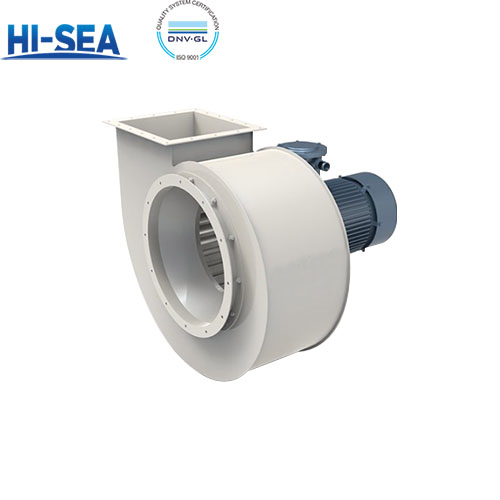
Marine Ventilation Equipment
The main function of marine ventilation equipment is to improve the living and working conditions of crew and passengers, and to ensure the normal work of various machinery, equipment and instruments and the quality of freight. Transport fresh air outside the cabin to the cabin by natural or mechanical means, and keep the purity, temperature, humidity and speed of the air within a suitable range.
Overview
Primary structure:
Fans: Marine fans are mainly used for ventilation in various cabins, marine air conditioners, boiler drum ventilation, cushion lifting and propulsion of hovercraft, floating of submarines, various compression chamber ventilation, inert gas, incineration, regeneration, air purification and other systems. Marine fans have the characteristics of good corrosion resistance, anti-swing, strong vibration and impact performance.
Air duct: used to guide the air flow and guide the airflow generated by the fan to the area that needs ventilation.
Air lock: a passage used to control air flow, which can be opened or closed as needed to adjust air volume.
Ventilation grid: set at the air inlet to filter impurities in the air and protect fans and other ventilation equipment.
Air damper: used to adjust the air volume and control the air flow according to actual needs.
Ventilation pipe: transport the air from the fan to all places that need ventilation to ensure the uniform distribution of air.
Applications:
Ventilation: suitable for each cabin of a ship to provide fresh air.
Air conditioning system: used for marine air conditioners to adjust the temperature inside the ship.
Boiler ventilation: it is used for blowing and inducing air of boiler to ensure combustion efficiency.
Special applications: such as cushion lifting and propulsion of hovercraft, submarine floating, compression chamber ventilation, inert gas system, etc.





